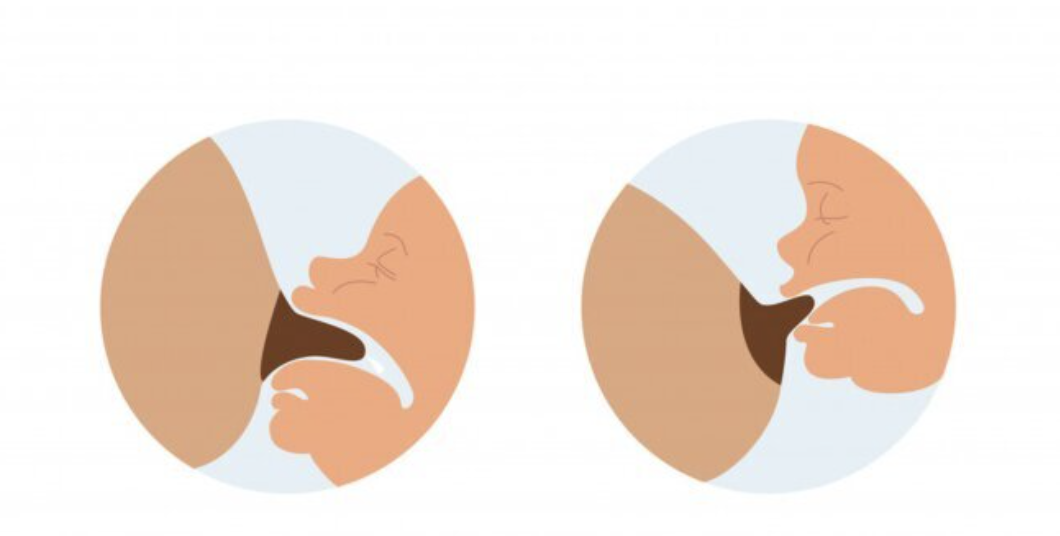Shallow Vs Deep Latch
Deep vs. Shallow Latch: Why It Matters for Breastfeeding Success
When it comes to breastfeeding, one of the most important foundations for comfort and good milk transfer is a deep latch.
A lot of the challenges new parents experience — like sore nipples, fussiness at the breast, or worries about supply can often be traced back to how baby is latching.
So what’s the difference between a deep latch and a shallow latch?
A shallow latch happens when baby is mostly latched onto just the nipple, without much of the surrounding breast tissue in their mouth. This can cause:
* Pinching or pain during feeds
* Nipple damage or cracking
* Poor milk removal, leading to slower weight gain or supply dips
In contrast, a deep latch means baby’s mouth is open wide and taking in a big portion of the areola (not just the tip of the nipple).
With a deep latch, you’ll usually notice:
Feeds are much more comfortable (if not completely pain-free!)
Baby’s jaw and ears moving rhythmically as they swallow
More efficient milk transfer and satisfied feedings
Tips for encouraging a deeper latch:
Bring baby to breast, not breast to baby.
Aim baby’s nose toward your nipple, encouraging a wide open mouth before latching.
Tuck baby’s whole body close — tummy to tummy helps a lot.
Try different holds (like laid-back, cross-cradle, or football) to find what works best for you and your baby.
If you're experiencing pain or concerns about your baby's latch, you're not alone — and there’s so much we can do together to help.
Latching should feel comfortable, not painful. You deserve support that empowers you and sets you up for breastfeeding success.


